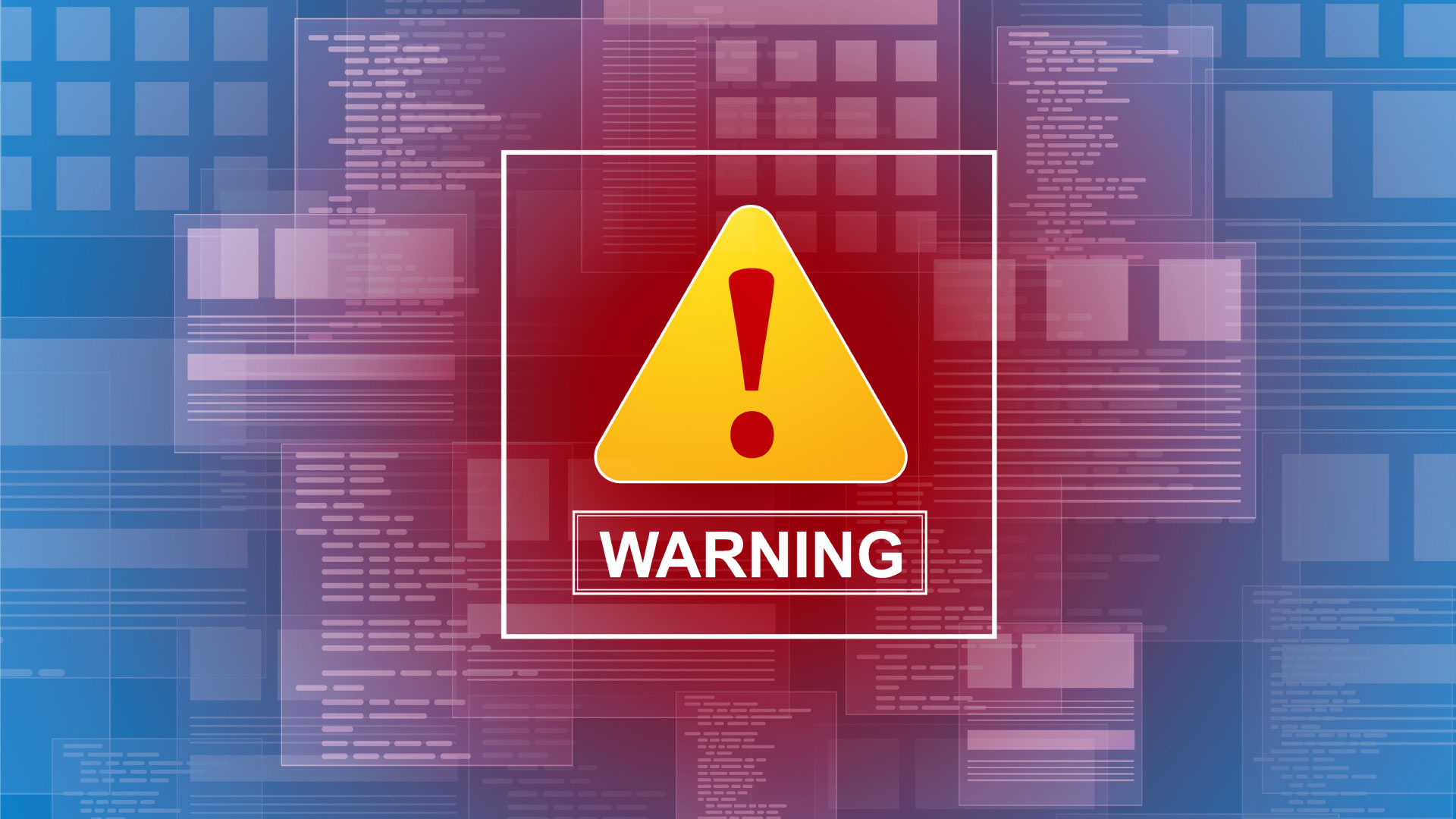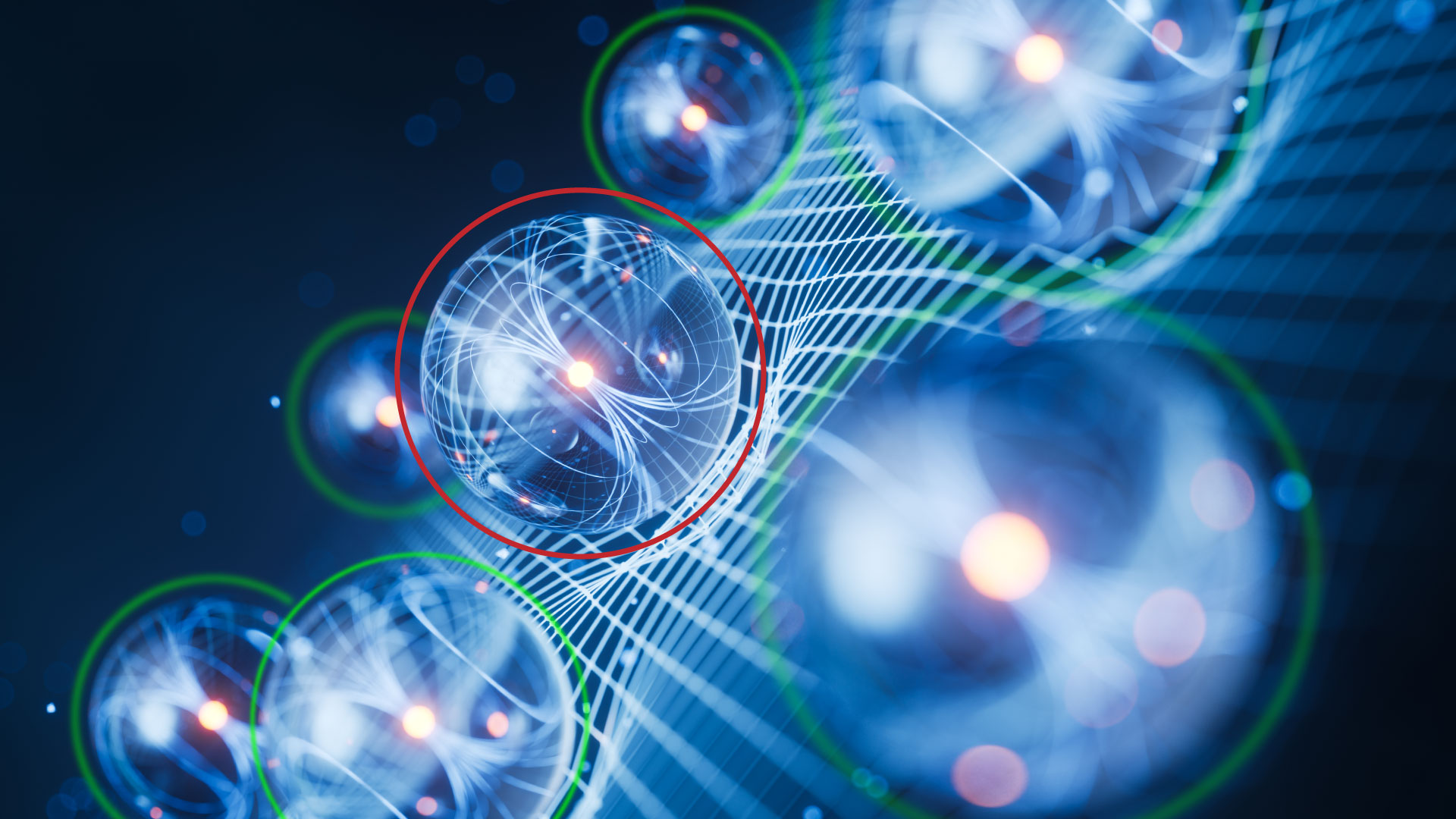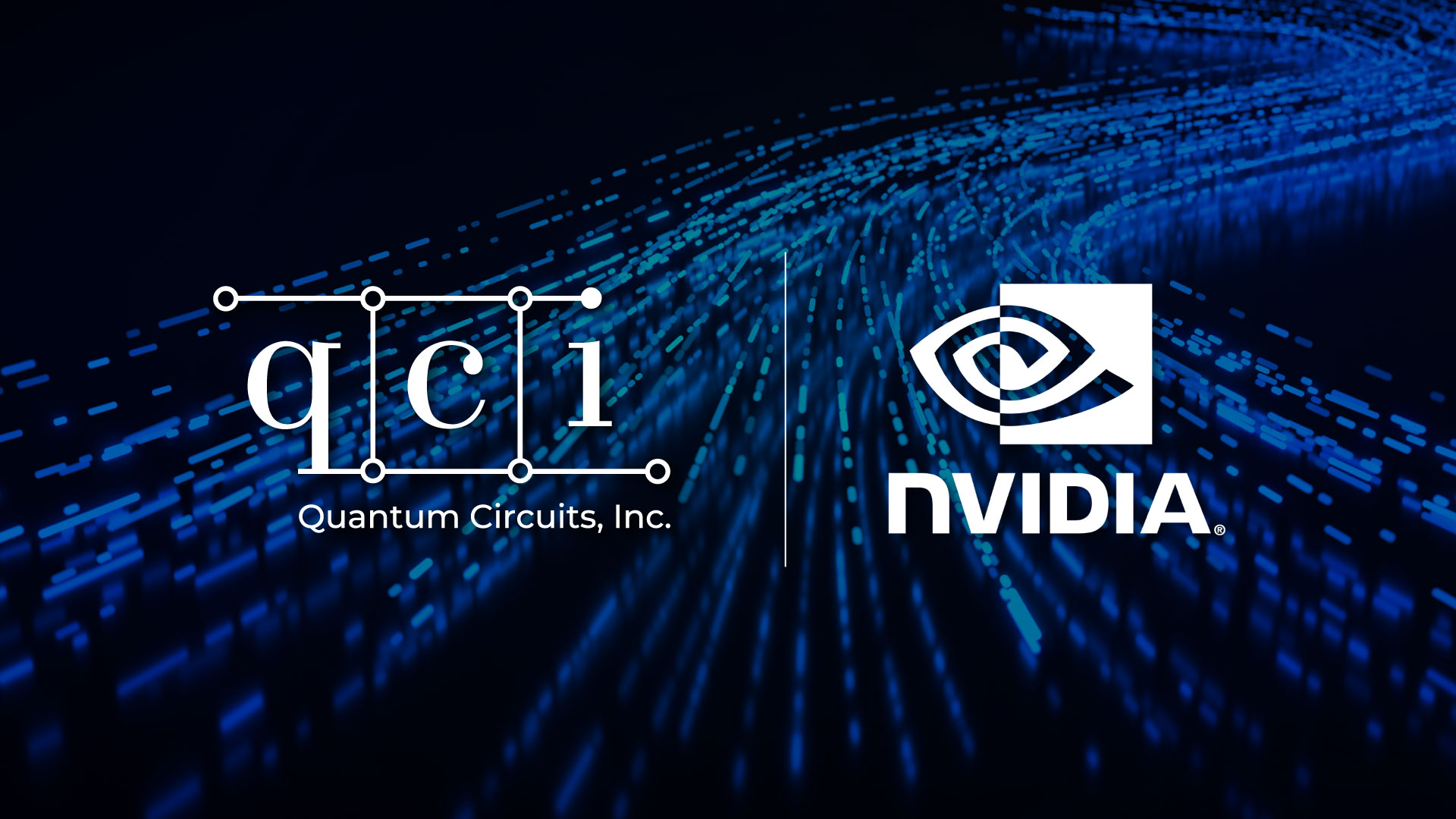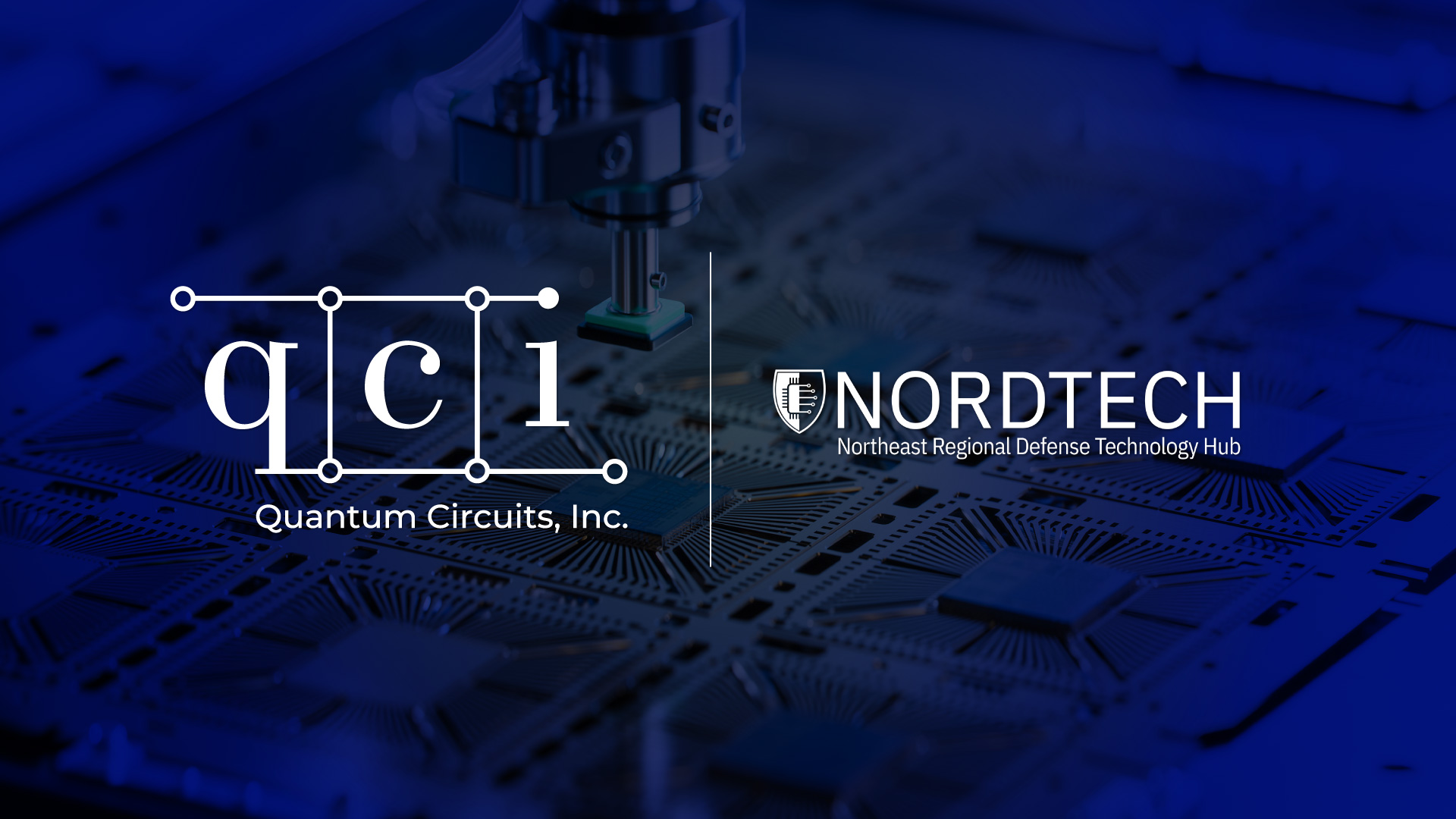These days, quantum error correction is front-and-center in the industry. That’s a good thing. The only way quantum applications will yield utility and provide advantage to the world at large will be when error correction is yielding dramatically lower error rates for logical qubits compared to physical qubits. That’s true across virtually any hardware platform. That’s the high-level mission.
But what steps precede error correction? How do we get there? Is it simply to take one qubit, then two, then more, and you’ve scaled?
Not necessarily.
At Quantum Circuits, here’s how we see it – there are steps along the path. It’s not one giant leap from where we are today. In particular, we’re introducing a concept called error awareness as a core building block of our approach. From a high level, it’s a strategy that gets us pragmatically from one qubit, through near-term devices, to mid-term systems using error detection and real-time control flow, and finally to fault tolerance on a faster and more efficient path.
For a long time, researchers and industry experts alike have been scaling intermediate-level quantum devices and systems to understand everything from error models to developing new applications. This is the well-known “NISQ” era (“Noisy Intermediate-Scale Quantum”). Aside from mitigation techniques to boost fidelities in post-processing, the next step post-NISQ is typically understood to be the era of error correction. Some have chosen to avoid NISQ, while some have invested heavily in it to see what insights near-term devices may yield about the longer-term promise of quantum computing. Both have their pros and cons, and you’ll find strong advocates in each corner of the ring.
At Quantum Circuits, post-NISQ isn’t a straight shot to error correction. Instead, it’s error detection. Detect, then correct.
We use superconducting cavity-based Dual-Rail Qubits (DRQ) as our hardware architecture. That’s a mouthful, and there are plenty of references to guide you through the gory details [LINK]. Broadly speaking, the DRQ is a quantum unit made up of several components inside, which work together as part of a more powerful whole. It’s like a quantum car engine (no moving pieces, though). The upshot is that it’s a unique approach that has three important properties: (1) It encodes a bit of quantum information across not one but two quantum elements (the cavities – like a twin-cylinder engine), (2) there is one dominant type of error, not two (like in most other hardware platforms, such as superconducting transmons), and (3) it has a built-in mechanism to detect the dominant error with high reliability (like an on-board computer that detects engine misfire).
The ability to detect errors is the first part of error awareness. We know when they happen in the algorithm and which DRQ qubit had the error. This information is useful. Instead of simply getting a low-quality algorithm outcome because errors “just happen” in unknown places on unknown qubits (imagine you didn’t have a check-engine light – your car would just sputter along and break down over time), we now have the ability to pinpoint where they happen and can start sorting the algorithm outcomes based on which shots had errors and which did not. We can either discard all shots with detected errors, or keep some that still had errors, knowing that despite the error occurrence, we have a good grasp on the algorithm dynamics given we know when and where the error occurred. Suddenly, we have a new tool in our toolbox for algorithm development.
There’s a second piece to error awareness: Advanced real-time control. There’s a lot to unpack here. The general idea is based on influencing the flow of the quantum program using tightly coupled classical subroutines. The simplest example is qubit reset. If a qubit is measured in 0, do nothing; if it’s measured in 1, flip it back to 0 – do all of this on time-scales comparable to the coherence time of the qubit, or ideally, much less.
To take it to the next level and make it “advanced,” add the ability to perform basic arithmetic calculations in real-time on a classical processor, parameterize your quantum gates with variables, define functions, etc. All of this is executed in parallel with your quantum calculations.
Why do this?
Tightly coupling classical and quantum is empowering. Classical computers will play an important role in making quantum computers succeed, so real-time control is a foundational building block upon which other classical features can be added, like High-Performance Computing features. You gain efficiency, execution speed, minimize the amount of data needed to store ahead of time, and dramatically expand the capability and options to run new algorithms.
To round out the error awareness, the advanced real-time control is combined with error detection itself – if an error is detected anywhere, you can respond to the error in real-time by doing anything you want to any qubit across the entire quantum computer – apply a gate to it, reset it, measure it, you name it. Now, we’ve got a second new tool in our toolbox for algorithm development.
So, getting back to the core question, “why is being error-aware critical for quantum computing?”
First, let’s look at it from the error correction perspective. DRQs are a better qubit, and we see them as revolutionary. Using DRQs in conjunction with the well-known and proven error-correcting approaches dramatically reduces the hardware overhead we need. We see this as a truly viable path to scalable quantum computing that’s a fast track to fault tolerance and quantum advantage. Given that error detection and real-time feedback play critical roles in the entire paradigm, being error-aware is essential.
Second, zoom in and look more near-term. We have two brand new tools in our toolbox – error detection and advanced real-time control, under the umbrella of error awareness. Let’s explore with them. We’re going beyond NISQ, and we want to try something new, so having novel features is hugely empowering. It’s a critical piece for the next phase of quantum computing as we see it at Quantum Circuits.
Error awareness is core to our strategy, and we’re excited to share it with others. We’re currently exploring and testing features in our Alpha Program, in which we work with a close group of users to try out our latest software tools and systems. We’d love to hear from you if you’re interested in learning more, so please reach out to partner@quantumcircuits.com.
